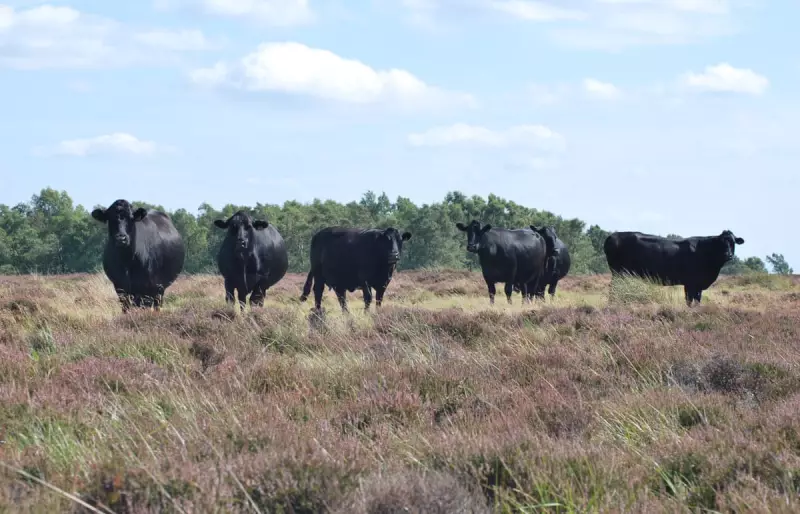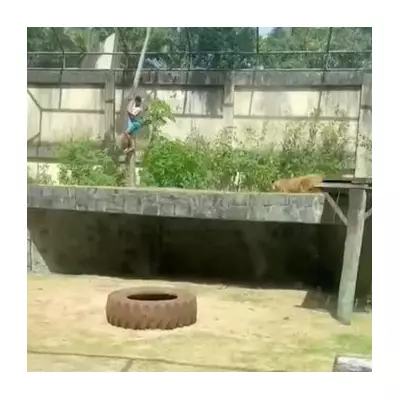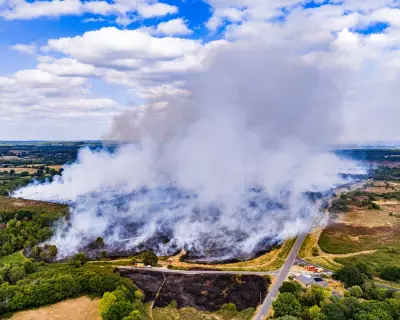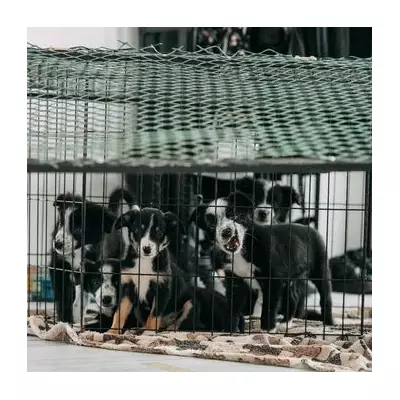
High on the windswept moors of the North Pennines, an unlikely workforce is undertaking one of nature's most crucial tasks. While they may appear to be simply enjoying their breakfast, a herd of Galloway and Blue Grey cattle are actually performing vital environmental maintenance with every mouthful of heather and grass.
The Four-Legded Conservationists
These sturdy animals, perfectly adapted to the harsh upland conditions, are nature's original landscape managers. Unlike mechanical methods, their selective grazing creates a mosaic of vegetation heights that benefits countless other species. From the delicate bog asphodel to various mosses and grasses, their feeding habits encourage biodiversity in ways human intervention never could.
A Delicate Balance
The cattle's work is remarkably precise. They naturally avoid certain areas while thoroughly grazing others, creating varied habitats that support different plants, insects, and birds. This patchwork effect is essential for maintaining the health of these precious moorland ecosystems.
Their heavy hooves perform additional important work, naturally aerating the soil and creating small pockets where seeds can germinate and water can collect. It's a perfect example of how traditional farming methods can align beautifully with modern conservation needs.
Why These Breeds Excel
The choice of Galloway and Blue Grey cattle is no accident. These traditional British breeds possess several advantages for conservation grazing:
- Their hardy nature means they thrive in challenging weather conditions
- They require minimal intervention or supplementary feeding
- Their grazing patterns are naturally beneficial to native flora
- They contribute to preserving genetic diversity in livestock
As they move across the landscape, these cattle demonstrate that sometimes the most effective environmental solutions are the most natural ones. Their quiet, constant work maintains the delicate balance of these important habitats, proving that conservation doesn't always require high-tech solutions – sometimes it just requires the right animals in the right place.





